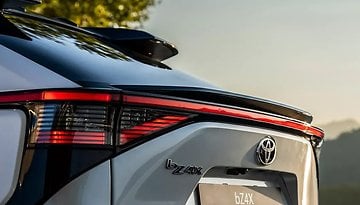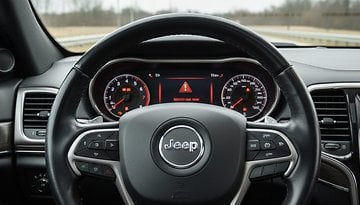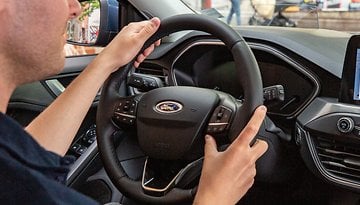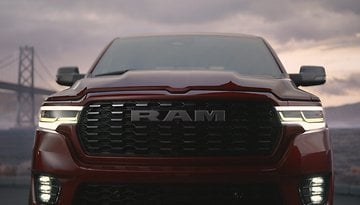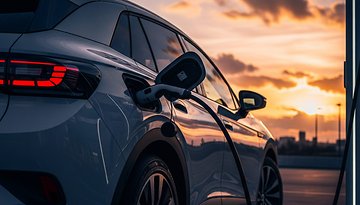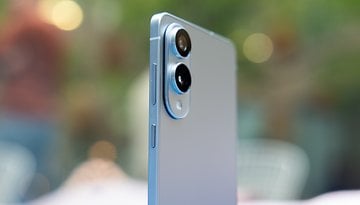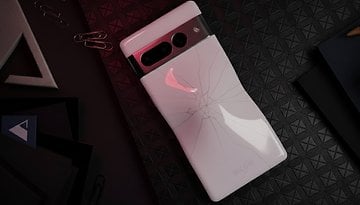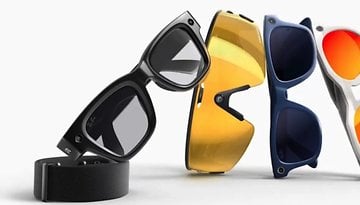Smart #3 Brabus: A Stylish EV with Mercedes DNA
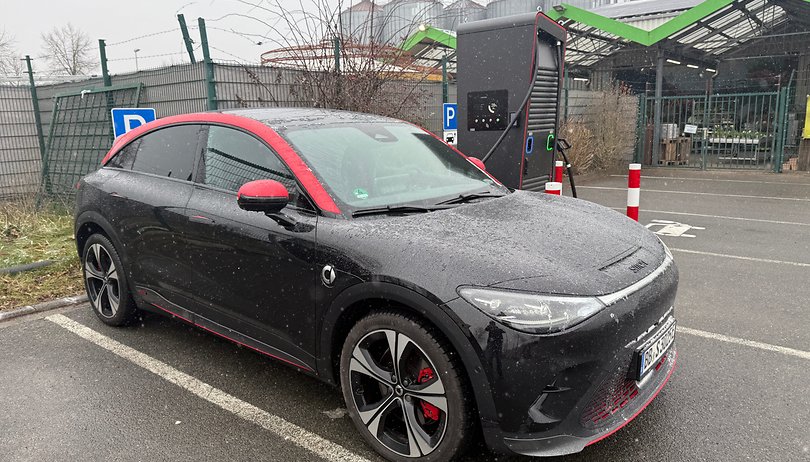

Thinking of buying a Smart electric vehicle? You've had that option for years with the iconic Smart ForTwo. But the Smart #3 takes a different path. This SUV coupé is designed for those who want a sporty electric ride with a bold, crossover look. We spent two weeks testing the Smart #3 Brabus, turning heads wherever we went. As the top model in the lineup, it packs surprising power for its size—but it's not all smooth sailing, as we discovered some downsides along the way.
Good
- Surprisingly amazing performance
- Sporty exterior design
- Suports fast charging
- AC charging (up to 22 kW)
Bad
- Battery drains rather fast during winter
- Available rear space is rather poor
- Rather sensitive driver assistance systems
- Multimedia system can be confusing
Smart #3 Brabus Performance
As mentioned right at the beginning: the Smart #3 is no longer a diminutive city runabout as you may remember it from the past. The SUV coupé not only boasts an eye-catching design, but also impressed with its technical specifications. With 200 kW (272 hp) and 343 Nm of torque, it offers far more punch underneath the hood than you might expect.
The top-of-the-range model, the Smart #3 Brabus which we reviewed, even achieved an impressive 315 kW (428 hp) and 543 Nm of torque thanks to its two electric motors.
Even though the 4.44-meter-long Smart #3 is not one of the largest electric cars, it offers plenty of space inside. At least, as far as the front seats are concerned. They are very comfortable to drive in, even if the sports seats seem a little narrow at first. On the other hand, they offer really good support when cornering.
Shifting our attention to the back, however, and things look a little different: Only when the driver and front passenger are not sitting too far back do tall people up to 1.95 meters have enough space. This is where the rather conservative wheelbase of 2.79 meters becomes noticeable. One's thighs could also rest a little better on the rear bench seat.
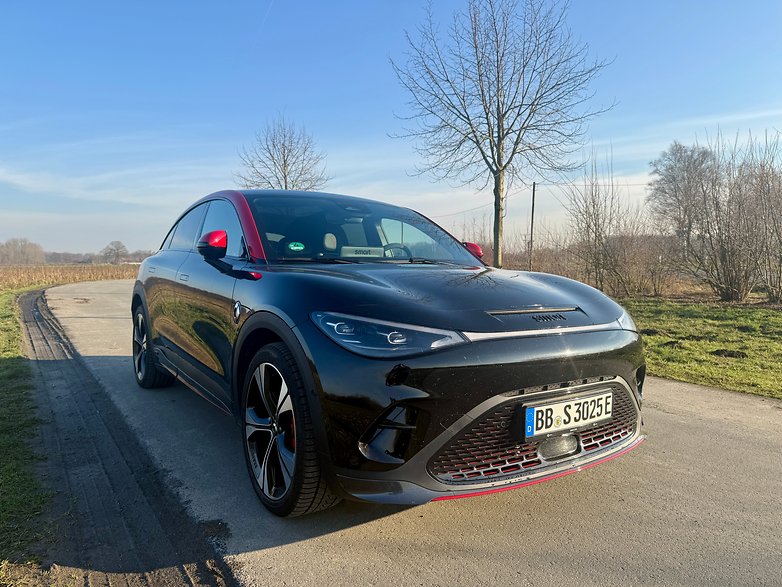
The Smart #3 is a Pocket Rocket—Only if You Want it To Be
On the road, the Smart #3 Brabus is pretty nippy. While the base models accelerate from 0 to 100 km/h in 5.8 seconds, the Brabus achieves this in just 3.7 seconds thanks to its all-wheel drive. Do note this only happens in the Brabus sports mode! If you were to floor the power pedal from a standing start, you will feel like you are sitting on a catapulting rollercoaster that will press you firmly in your seat.
However, the top speed remains at 180 km/h, so you don't really get to enjoy the feeling that sports car deliver as the speedometer climbs closer to the top speed.
Instead, you are seated quite low in the Smart #3, almost as though you were in a roadster. The frameless doors look stylish, but we did hope it could close more gently somewhat. The retractable door handles also took some getting used to, as they are closed from above. It is essential to always reach for the handles from below to open a door. However, with the "Proximity Lock" function, they automatically extend out of the doors as you approach the car.
When driving, you can choose from four modes (Eco, Comfort, Sport, Brabus) and three regeneration levels for energy recovery when the car is coasting or you step on the brakes. Unfortunately, there is no quick adjustment of the selected energy recovery level via shift paddles behind the steering wheel.
However, you can drive comfortably with just one pedal in s-pedal mode. The manual brake is rarely needed then. In the settings, you can also adjust the steering according to your preferences in three settings.
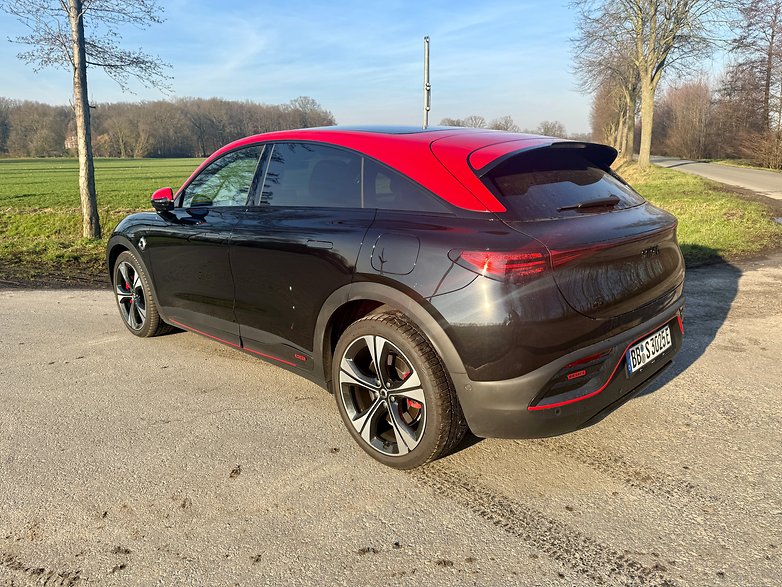
Gears are engaged via a lever to the right of the steering wheel. The suspension is firm and is not too hard. However, it sometimes ends up as a bumpy right over uneven surfaces like railroad tracks. The lane departure warning system worked well for me, but could sometimes correct my driving in a more gentle manner. And the pre-collision warning system is a little too sensitive when driving around the city, always alerting you too early whenever you approach a stationary vehicle, for instance.
Smart #3 Brabus Design
The interior of the Smart #3 Brabus boasts a sporty design, with red seat belts and decorative stitching on the seats and steering wheel. The round, illuminated air vents are reminiscent of Mercedes, which is not a coincidence at all since the Stuttgart-based car manufacturer still has a stake in Smart alongside the Chinese manufacturer Geely.
The ambient lighting, which you can set in 64 colors, is unfortunately reflected somewhat strongly in the windows, which can be particularly annoying at night. The artificial engine sound, which sounded rather unnatural, was also less than inspiring.
A large panoramic glass roof provides plenty of light in the interior. The center console is located in a rather high place, offering some storage space underneath. The smooth hard plastic surfaces do not offer a particularly luxurious feel or feel. There are no additional buttons on the center console.
Behind the Alcantara sports steering wheel lies a 9.2-inch driver display, which provides you with all the important information and is supplemented by a heads-up display. The 12.8-inch center display is vertically aligned and looks as if it is floating. The operating system could be more polished, as the submenus could be nested at times, making it difficult to locate certain settings. Thankfully, many functions can be operated via voice control.
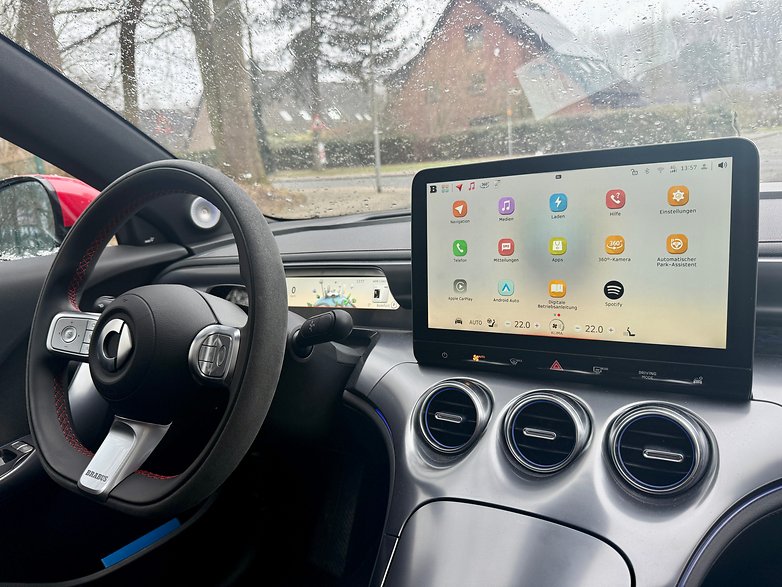
If you were to connect your smartphone to the car's infotainment system, you can rely on Apple CarPlay or Android Auto. Wireless charging of your smartphone is also possible while driving. Beats is the sound system of choice, offering 13 loudspeakers for good quality audio all round. The navigation system also takes charging stops into account, but only if you were to explicitly confirm this when calculating the route.
The navigation system's acoustic announcements are sometimes a little imprecise. It is also a pity that the traffic sign recognition is not always reliable. It is better to check the local speed limits for yourself.
How's the Frunk?
If you want to take more than just a toothbrush with you on your travels, then you can look forward to a 370 liter trunk. It's not an absolute banger, but there's still enough space to hold three crates of drinks (and a bit more). There is also a 60-liter compartment under the trunk floor to store charging cables and the like. Be careful though, you will have to hold on to the floor flap which, unfortunately, doesn't lock in place.
If you were to fold the rear seats down, you end up with 1,160 liters of cargo space at your disposal. However, there is always a gap of approximately 10 cm high between the lower edge of the trunk and the floor. This ramp is less of a challenge when loading, but can be a bit of a hindrance when unloading heavy objects.
There is also a 15-liter frunk under the hood. You can also store a charging cable here, and that's just an example. You can open the electric tailgate using either the key remote control or the foot sensor. Alternatively, you can simply press the small button stashed away in the "a" of the Smart lettering.
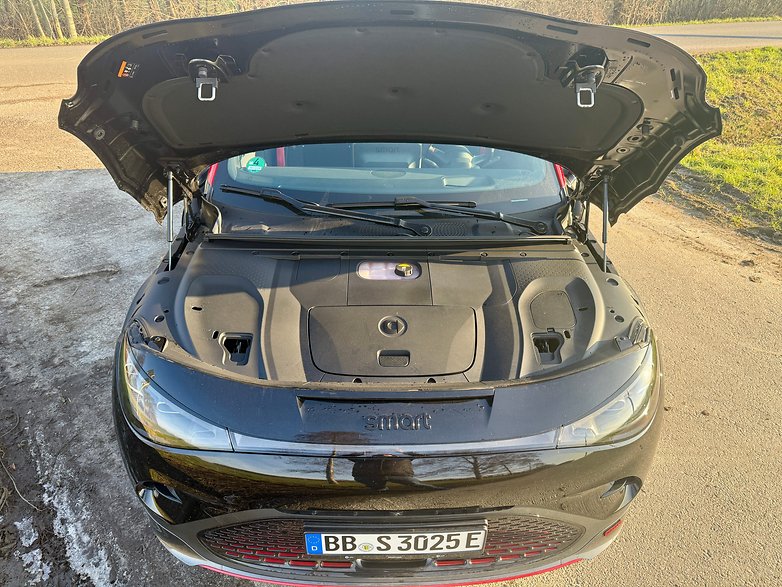
Oh, yes! The Smart #3 can also tow trailers of up to 1,600 kilos, but only from the Pro+ Line and above. The basic model is unsuitable for towing trailers. Thankfully, it can still tow 750 kilos.
Smart #3 Brabus Battery Drain
Most models of the Smart #3 Brabus feature a 66 kWh NCM battery. Those who purchase the base model will have to make do with an LFP battery, which only has a 49 kWh capacity. According to the manufacturer, our review unit managed to achieve 415 kilometers based on the WLTP standard.
Furthermore, during our long-distance test, we found the range could be significantly lower. In the frigid temperatures of winter on the freeway, it was more around 250 kilometers while largely adhering to the 130 km/h speed limit. Hence, we had to record a battery drain of just under 25 kWh / 100 km.
Things looked up a little better in city traffic. In the city, we consumed an average of 20 kWh per 100 kilometers and on country roads, it was just under 21 kWh. Mind you, this was during the winter! In the summer as the mercury rises, the consumption figures will most likely be more customer-friendly. A heat pump is included as standard in the Smart #3 Brabus which allows you to drive more efficiently in colder temperatures.
Smart #3 Brabus Charging Power
Even in cold, winter temperatures, you can easily charge the Smart #3 using the charging port at the rear left. On paper, the maximum DC charging capacity stands at 150 kW. Smart promises a charging time from 10 to 80 percent in just 30 minutes.
Even at an outside temperature of 2 degrees Celsius, we were able to charge the Smart #3 Brabus from 9 to 80 percent in 33 minutes after highway driving. At its peak, the fast-charging station display showed 159 kW!
However, do take note if you drive to the fast-charging station in the winter with a cold battery, as the outcome might be different. In our review, the charging power began at just 35 kW and increased slowly after that.
In this case, it took us 35 minutes to charge from 30 to 55 percent. This is naturally less than desirable. This makes it all the more important to use the battery preconditioning that has been available for a few months already. It can be retrofitted in older Smart models via an OTA update.
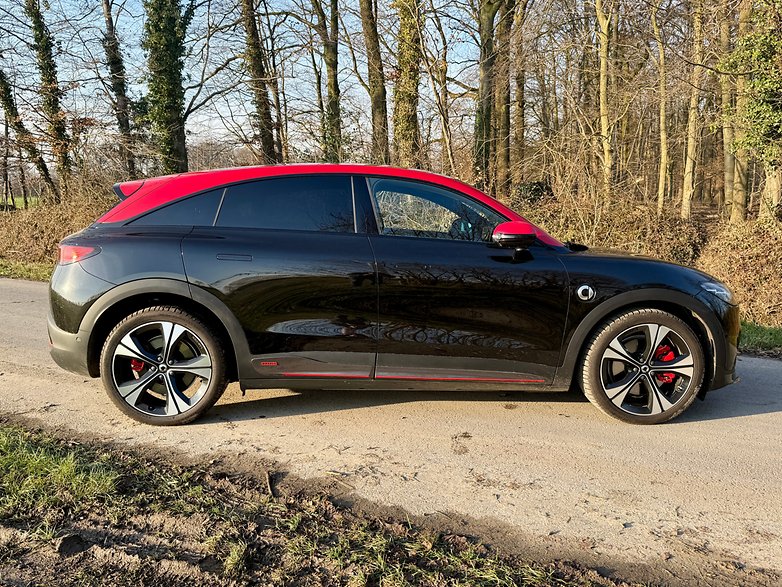
The Smart #3 also impressed with a high AC charging capacity of up to 22 kW when charging at normal charging points or at home using the wallbox. That's twice as fast as most other electric cars. This means you can also charge quickly at (often cheaper) AC charging stations and reduce the charging time from 10 to 80 percent to around three hours. This is a real boon that should not be underestimated.
Should You Buy the Smart #3 Brabus?
After spending two weeks with the Smart #3 Brabus, I can tell you that I didn't miss the "SUV feeling" in the little electric runabout one tiny it. With its agile all-wheel drive, the car is incredibly fun to drive and, in my opinion, it also looks great. However, I was disappointed by the fast battery drain during the winter. I don't think it's really appropriate for a Brabus to cap the car's speed at 180 km/h.
The driver assistance systems also have their own peculiarities: Sometimes it's more pleasant to switch them off before driving, because they would otherwise ruin the driving pleasure too often. Overall, the Smart #3 is a great car that attracts a lot of curious glances in everyday life (with the right color).

Where to Buy the Smart #3 Brabus
The Smart #3 is currently available in five different variants, which Smart has dubbed "Lines". Do note that the Smart #3 is not available in the US, and hence all pricing listed here are approximate pricing after currency conversion. The most affordable variant, the Smart #3 Pro, starts at $43,000 without discounts. There are also more luxurious options, including the Smart #3 Brabus, which we reviewed for you.
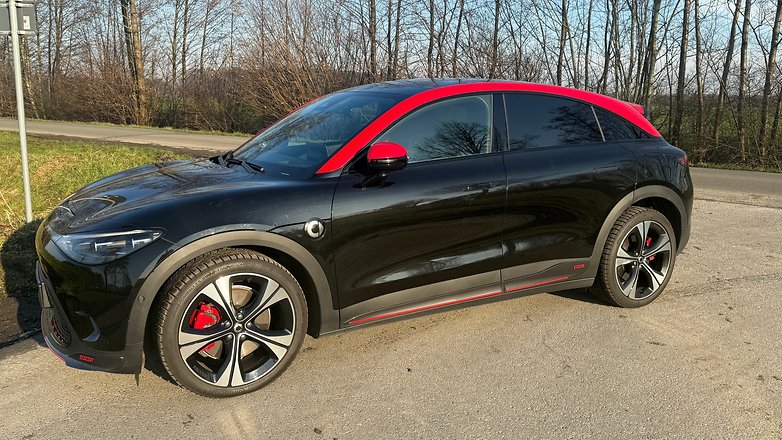
Alongside the Pulse model, the Brabus is the only version with all-wheel drive. It currently costs at least $58,800. That's not a bargain price at all, considering how Smart used to be known for its small 2-seaters. Nevertheless, the Smart #3 Brabus has a lot more to offer than the small cars that many of you remember.
Five colors are available without any additional charge, including our review unit in Meta Black with a red roof and two-tone painted side mirrors. For those who want something even more exclusive, an additional two paint finishes are available for an extra $1,100.

